JOIN the AFICIONADOS
Get the insider news and lowdown on what we've been up to, where we've been, and who we've met along the way. Be the first to discover new places and get the scoop on our favourites.
In Norway’s fishing villages, colour is more than aesthetics. It is a design code, a marker of purpose, and a visual expression of a past social hierarchy. The deep, earthy Falu red (falurødfarge) dominates, wrapping wooden fishermen’s cabins (rorbuer), barns, and boathouses in a bold, functional uniform. More than just pigment, these colours have shaped the identity of Norway’s coastal architecture for centuries.
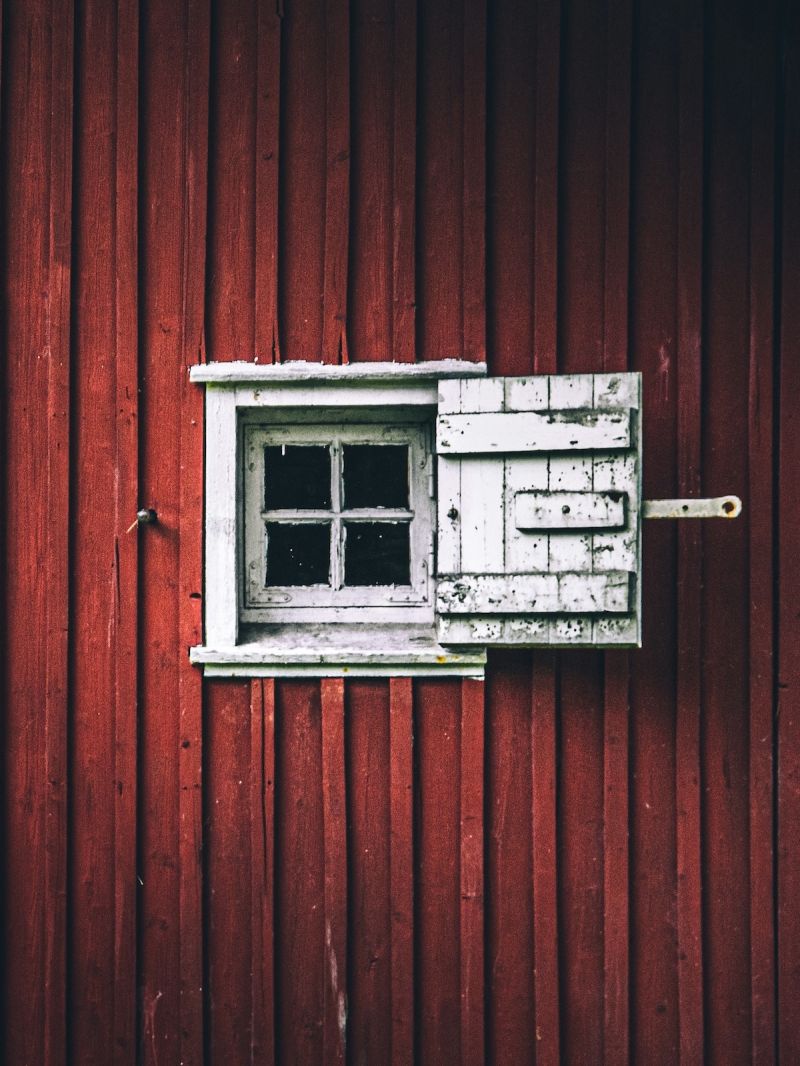
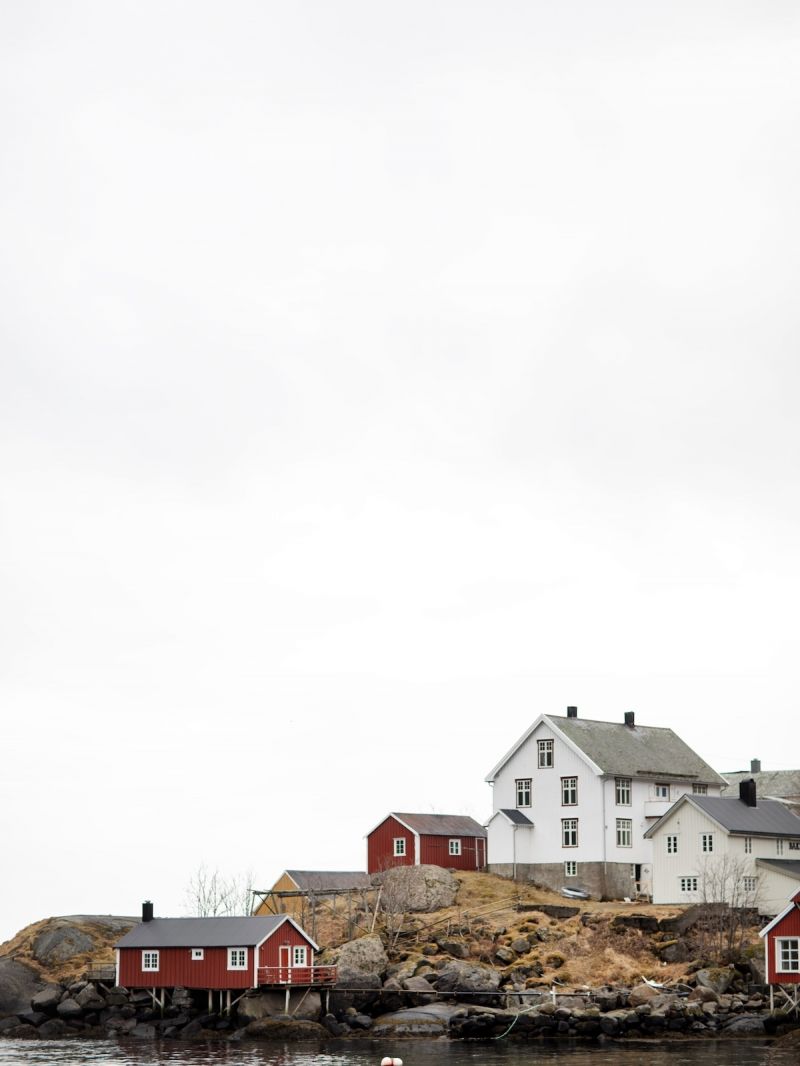
Falu red originated in the copper mines of Falun, Sweden. By the 16th century, this iron-rich by-product became a sought-after paint. Its composition provided a natural defence against rot, moisture, and the relentless Nordic climate. Durable, affordable, and easy to apply, it spread across Scandinavia, finding its strongest foothold in Norway’s coastal settlements.
Here, red was not a choice but a necessity. It coated the buildings that endured the elements, including fishermen’s cabins, boat sheds, and storehouses. It also blended effortlessly with the dramatic fjord landscape. But red is not the only colour of fishing heritage; lined up in the trio is also Oker gul, a rich yellow-gold, and a reflective sail-white usually coating the community's most prestigious buildings.
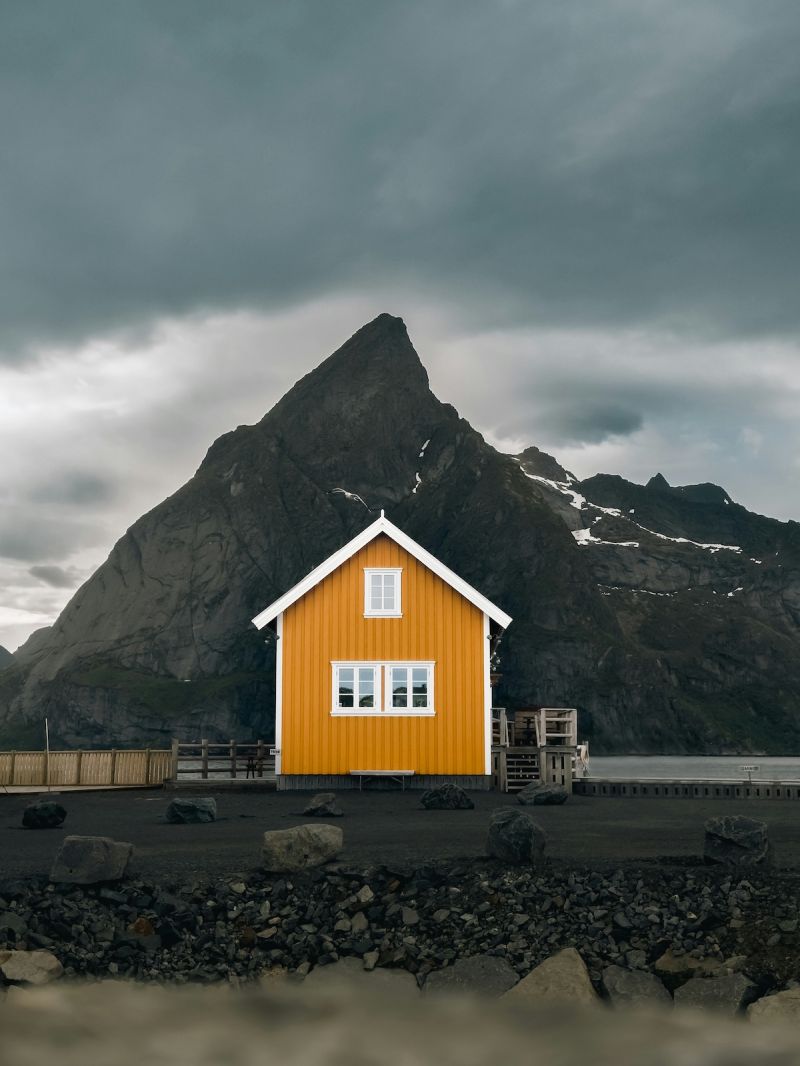
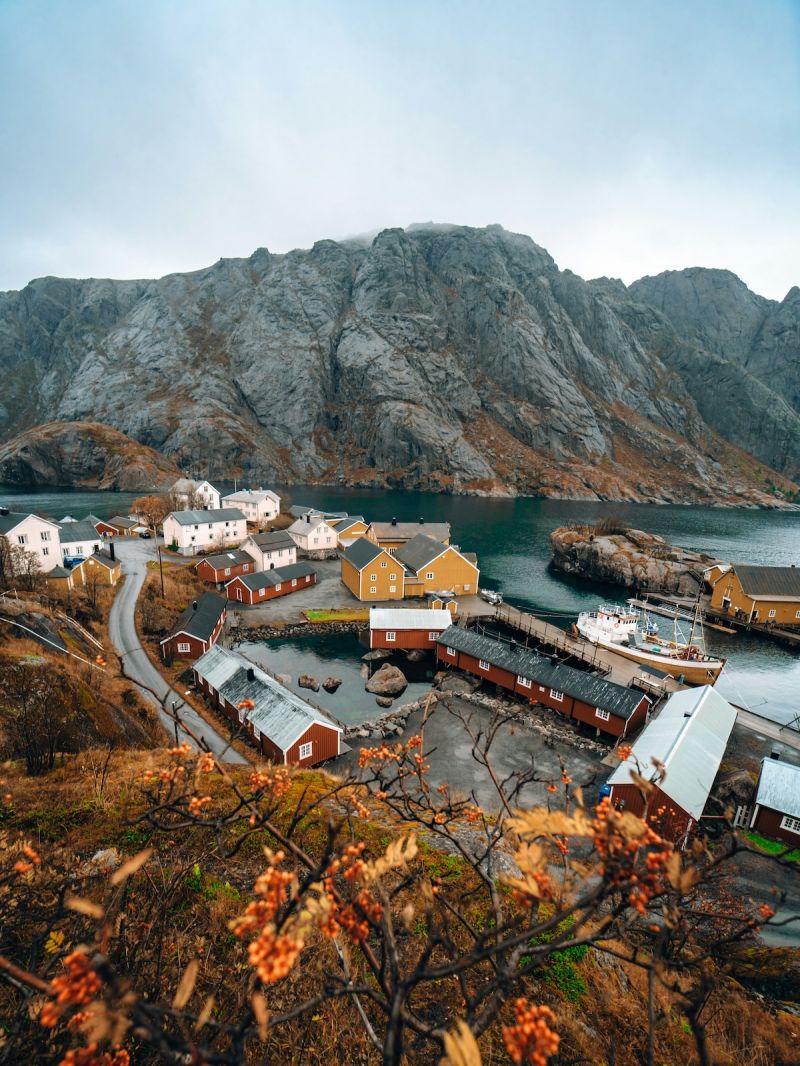
Norwegian fishing villages developed a practical and symbolic colour hierarchy. A building's colour instantly revealed its function and status.
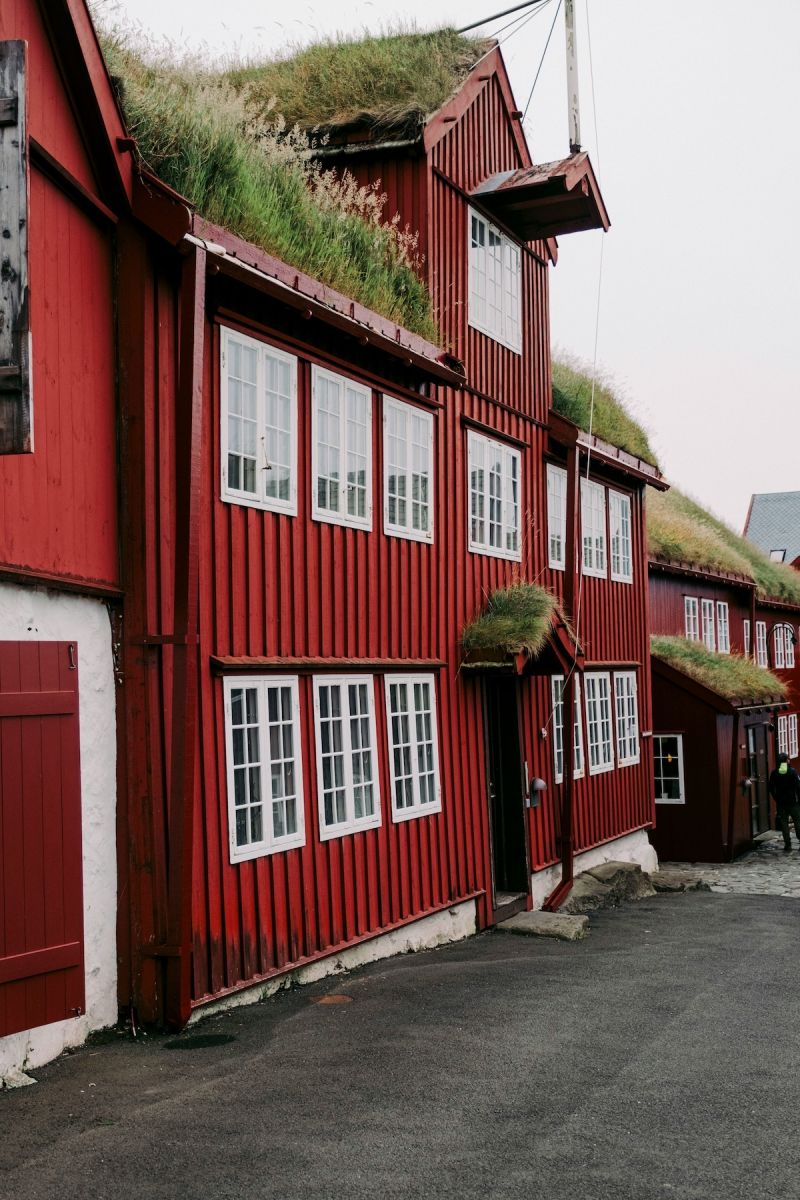
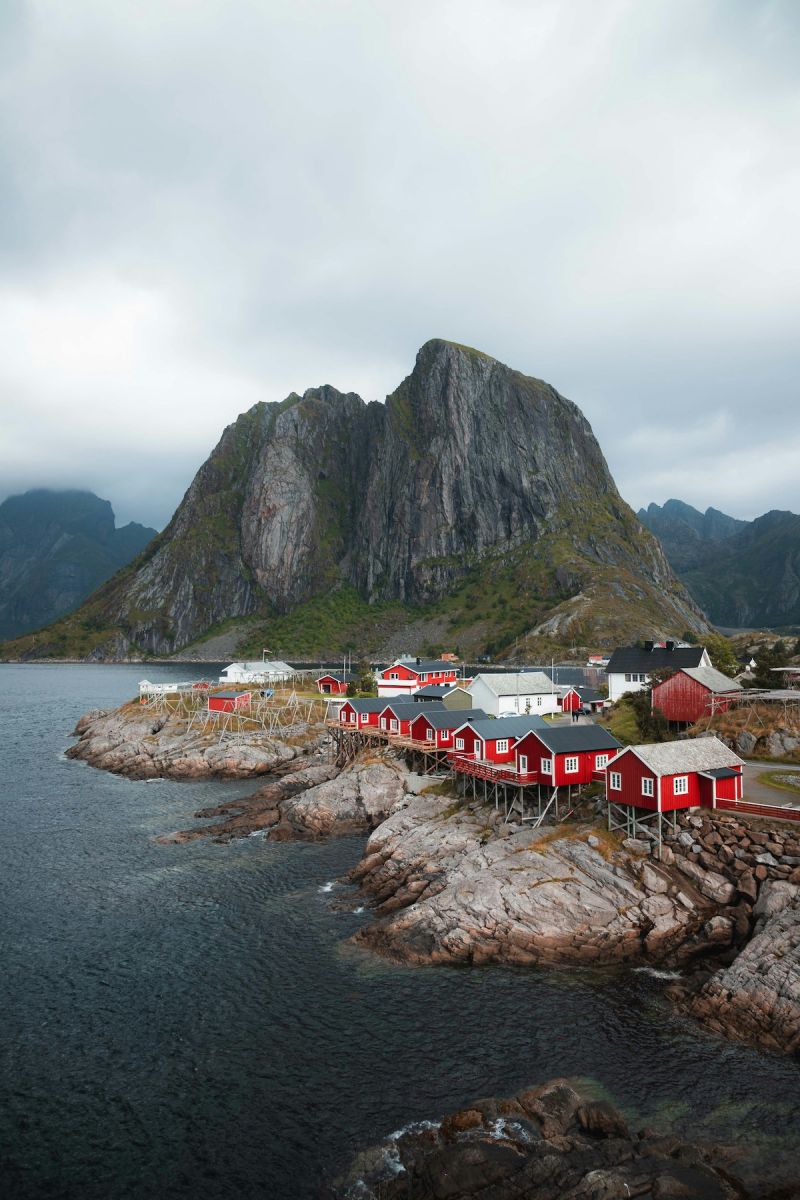
Today, Norway’s coastal villages still follow this chromatic tradition. The colour hierarchy remains intact, not out of necessity but out of deep-rooted design awareness. The red cabins of Nusfjord Arctic Resort & Village, Reine, and Å stand against the blue sea, their white and yellow counterparts punctuating the skyline with calculated contrast. Modern architects and designers continue to draw inspiration from this approach, using colour as identity and ensuring form follows function. This is a rustic tradition and a masterclass in visual hierarchy, environmental adaptation, and material honesty.
What was once a practical solution has become an architectural language, proving that the most timeless designs are those rooted in necessity, clarity, and a profound sense of place. Today, in keeping with heritage, the paints used today are sourced from a more organic nature but still include linseed oils, clay, wheat and rye flour.